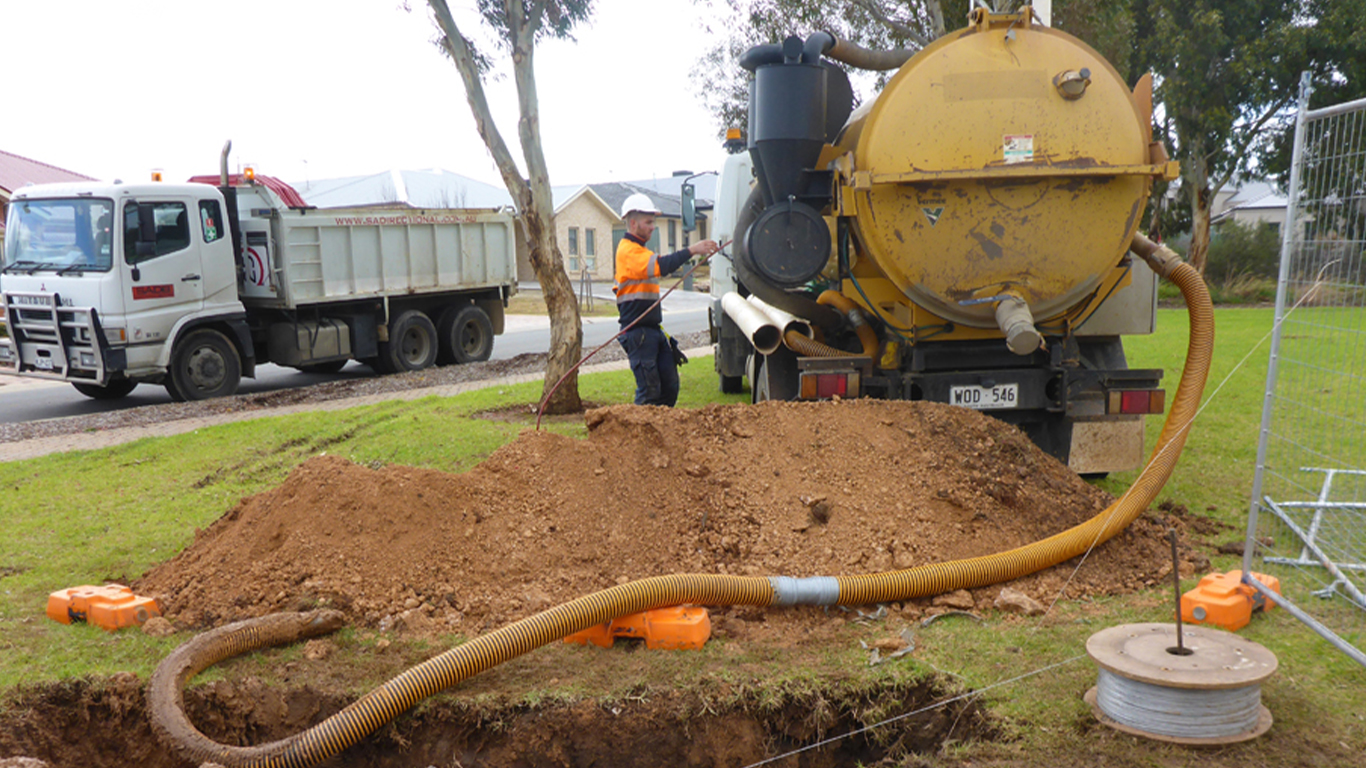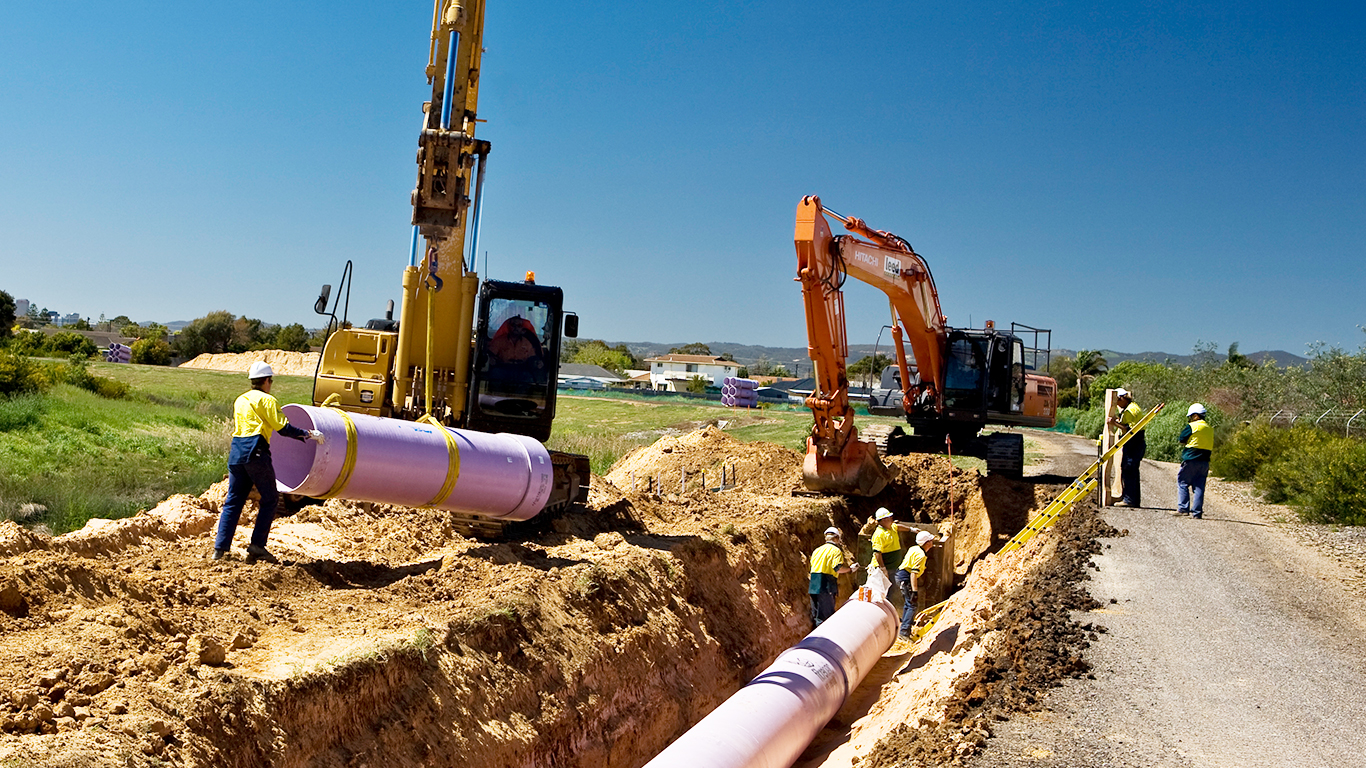Lessons in using recycled water from the Glenelg to Adelaide Pipeline
Landmark water sensitive cities projects offer valuable transferable lessons when we look at the original project drivers and outcomes and see how they might apply to other cities and towns with similar climates and infrastructure needs.
The Glenelg to Adelaide Pipeline (GAP) in South Australia is a landmark project that has been delivering a reliable climate-independent water supply to irrigate open space in western and central Adelaide since it was completed in 2010.
The GAP delivers 3.8 GL of high quality treated wastewater via a 50 kilometre network of pipe. It provides 400–800 ML of treated wastewater to irrigate Adelaide parklands each year, including those managed by the City of Adelaide, the City of West Torrens, the City of Unley and private entities.
This project is a valuable case study because many Australian cities and towns can benefit from redirecting wastewater from the marine to the terrestrial environment and harnessing the value of a waste product for irrigation. But, the GAP project is particularly transferable to cities and towns with similar water infrastructure assets and climate to South Australia.

Project drivers
The original driver was Adelaide’s need to harness alterative water supplies to drought-proof the city’s open spaces. The city faced four challenges:
- Secure an alternative water supply for irrigation – Historically, the Adelaide Parklands used a mix of mains-supplied potable water and groundwater, but the ongoing use of groundwater was limited because of high salinity levels. The city needed an alternative water supply.
- Reduce reliance on the River Murray – Potable water restrictions from the Millennium Drought significantly affected the quality of Adelaide’s open spaces, reducing their amenity and ecological value.
- Deliver broader environmental gains – SA Water was encouraged to identify new reuse opportunities for wastewater and help reduce the amount returned to the marine environment (to protect seagrass meadows in Gulf St Vincent).
- Meet community expectations – Water restrictions and reduced irrigation caused large vegetation die-off in the public and private realms, stimulating a loss of open space amenity and community concern. The community demonstrated the value they placed on green open spaces and voiced their feedback.
The GAP addressed these challenges. The completed plant includes a chlorine dosing plant, amiad filters and two 7.5 ML and two 4 ML lined and covered storage ponds, plus three major pump stations for pumping water throughout the pipe network.
Project outcomes
Over the past 10 years, the GAP has achieved many benefits for the city. It has:
- reduced mains supplied water sourced from the River Murray, thus keeping water in the river system and providing downstream environmental benefits
- provided a healthier marine ecosystem by removing megalitres of treated wastewater from the marine environment, and redirecting it to open spaces in western and central Adelaide
- ensured a high quality, non-potable water source rich in minerals and nutrients that aid plant growth, health and vigour
- closed the loop so that Adelaide’s public open spaces are maintained to a high standard using water sourced and treated within the city itself
- improved amenity in public open spaces by accessing an alternative, reliable water supply
- buffered the urban heat island (UHI) effect by up to 25°C in the CBD
- delivered social and economic benefits, since access to a reliable water source maintains the parklands as an attractive and relevant venue space, and enables them to recover quickly following the many large festivals and public events they host each year.

Transferable lessons
We’ve published a case study on the GAP to help other cities and towns see how they might apply some of the lessons to their specific needs. For the GAP, the main lessons learnt were:
- Educate the community and stakeholders early with science-based information.
- Relationships and collaboration make everyone a winner.
- Wastewater has a higher concentration of salts than rainwater or mains-supplied water. So, it is critical to design rigorous methods to assess soil health, review the viability of plant species and monitor underground water sources.
- Using recycled water redirects a waste product to cool the people who live, work and play in the city, as well as to provide ecosystem services. Researchers are now assessing the possibility of using aquifers to store excess wastewater from the GAP over the wetter months when irrigation declines.
- Recycled wastewater offers open space asset owners an option to significantly reduce their irrigation costs. Infrastructure costs associated with establishing the GAP were substantial and required funding from both the federal and state governments. But once established, the scheme offers a low cost water supply to customers. In South Australia, GAP water is cheaper than potable water and other recycled water schemes.
For all the project details and lessons learnt, download the case study about this project.